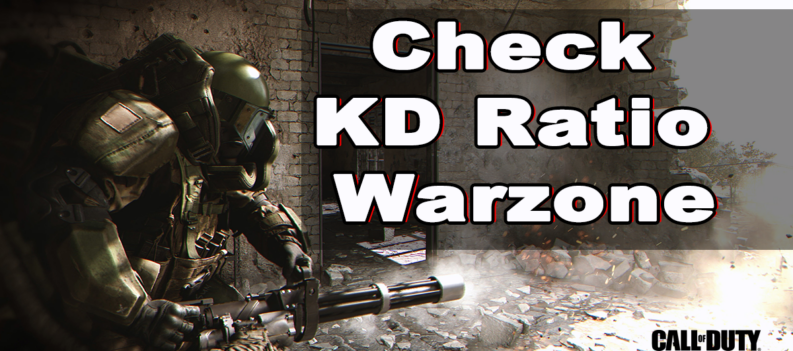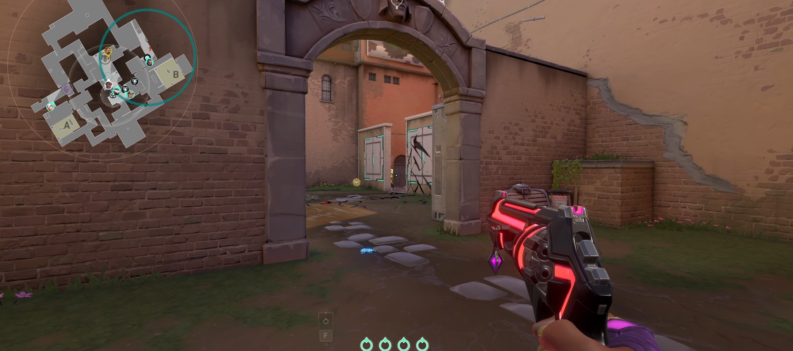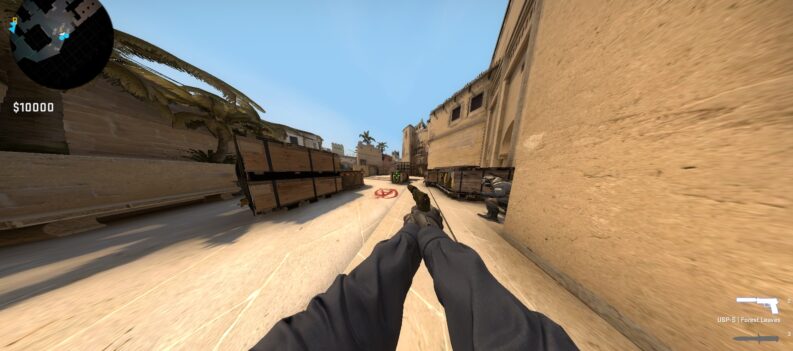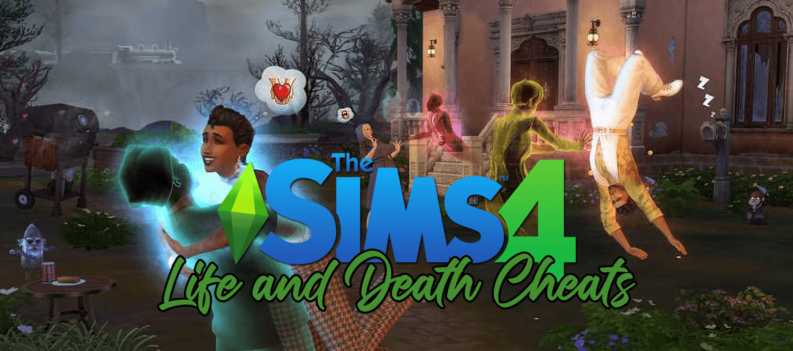Learn how to play Kill Team in Warhammer 40k!
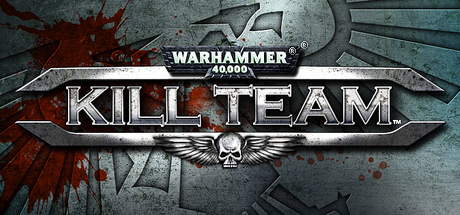
Warhammer 40,000 (or 40K as it is known in the community) is one of those tabletop games that can last for hours when you get into it. The considerable game length occasionally presents a challenge, making players look for shorter, more action-packed alternatives.

Luckily, Warhammer fans do not have to look too far.
Warhammer 40K Kill Team is a more action-packed, slimmed-down version of the original, with some rule changes that make it more convenient to manage and execute. The 2021 rework of the Kill Team ruleset and strategy guides pushes those differences further, making Kill Team essentially a different game using the same broader setting.
This article will focus on the basics of playing Kill Team and some notable separations from the original Warhammer 40K gameplay.
Main Differences Between Warhammer 40K and Kill Team

The scaling mechanics is one of the most significant differences between the original game and the Kill Team mode. In 40K, you replace an army general commanding entire squads and squadrons against enemy forces. On the other hand, Kill Team takes action personally, casting you as a squad commander leading each team member separately.
The basic rules of 40K and Kill Team are relatively similar. Each team member gets their datasheet, much like squads would in 40K. That way, you can customize your forces and approach to take advantage of the changing terrain and specific scenarios.

Kill Team is designed to last about 30 to 40 minutes per match, making it feasible to pull out your kits on the table during an extended break and finish a skirmish.
Unlike in Warhammer 40K, the smaller game map and scale mean each team member becomes increasingly essential. This smaller scale is especially notable for ranged weapons. Rather than having a maximum range like in 40K, most ranged attacks in Kill Team can be fired from across the entire play map. The extended range makes proper movement and taking cover especially vital since you can not easily escape enemy ranged units.
Kill Team Rework

The revamped action point system is one of the most significant changes in the reworked version of Kill Team. While it still follows the I-go-you-go mechanic introduced in the original, each character now gets a limited amount of action points (APL) to spend on their turn. You can spend this AP for all game actions, like moving, shooting, melee combat, retreating, and using the character’s unique skills.
Each action has an AP associated with it; some races are better at using them than others. Custodes, for example, have four AP at the start, compared to baseline humans or Xenos, who get only two AP. This way, Kill Team makes racial differences and advantages matter more in smaller-scale settings, allowing for greater immersion and more strategic options throughout the match.
The terrain features have also received a slight rework. The terrain options are categorized based on whether they are passable or provide cover. Some terrain requires specific game actions for characters to move past, making games more dynamic and strategic.
Close combat has also received some changes. Unlike ranged combat, where the attacker rolls their attack dice, and the defender rolls the defense dice, close combatants exclusively use their attack dice. Players alternate rolling their dice to inflict damage or cancel the opposing roll. After that, the damage is tallied based on the units’ datasheets. Since there are low chances of defending in close combat, there’s even a risk of two characters killing one another outright in a single bout.
Unlike in the original Kill Team, the rework does not have specific movement and combat phases, making positioning and the ability to predict the opponent’s moves paramount.
What Do You Need to Play Kill Team?
If you want a quick start at the game, the best way to go is to order a Kill Team Starter Kit named “Kill Team: Octarius.” The reworked rules version has a hefty 144-page rulebook with all the information you need to set up the game alongside a single map. The kit also comes with enough minis for two players and all other game accessories to play the game.

You can order the Octarius starting package from Amazon or other online and physical retailers. The Kill Team rework is relatively new, with more factions and scenario options being introduced steadily to get better replayability and variety.
The new Kill Team ruleset might interfere with the setup of previous Kill Team scenarios, so we recommend getting older starter kits like the Starter Set. Of course, if you want more game options, you must purchase different faction minis, datasheets, and scenarios.
As for any new 40K product, the minis and terrain features in the kits are unpainted, and paints are sold separately. The official Games Workshop paints will work best on minis, but other acrylic paints are suitable alternatives if you have them lying around. While you can certainly play with unpainted pieces, getting together to bring more life to your Warhammer characters and design is just a fun part.
Start Killing in 40K Kill Team
When you do not have time for an entire game of Warhammer 40K, a match of Kill Team might be enough to satisfy your itch for action-packed tabletop gameplay. After that, it is all about collecting more factions and scenarios. The Octarius starter kit has everything two players need to play some games if you want to get a head start.
Do you prefer the reworked Kill Team over the original? Let us know in the comment section below.



